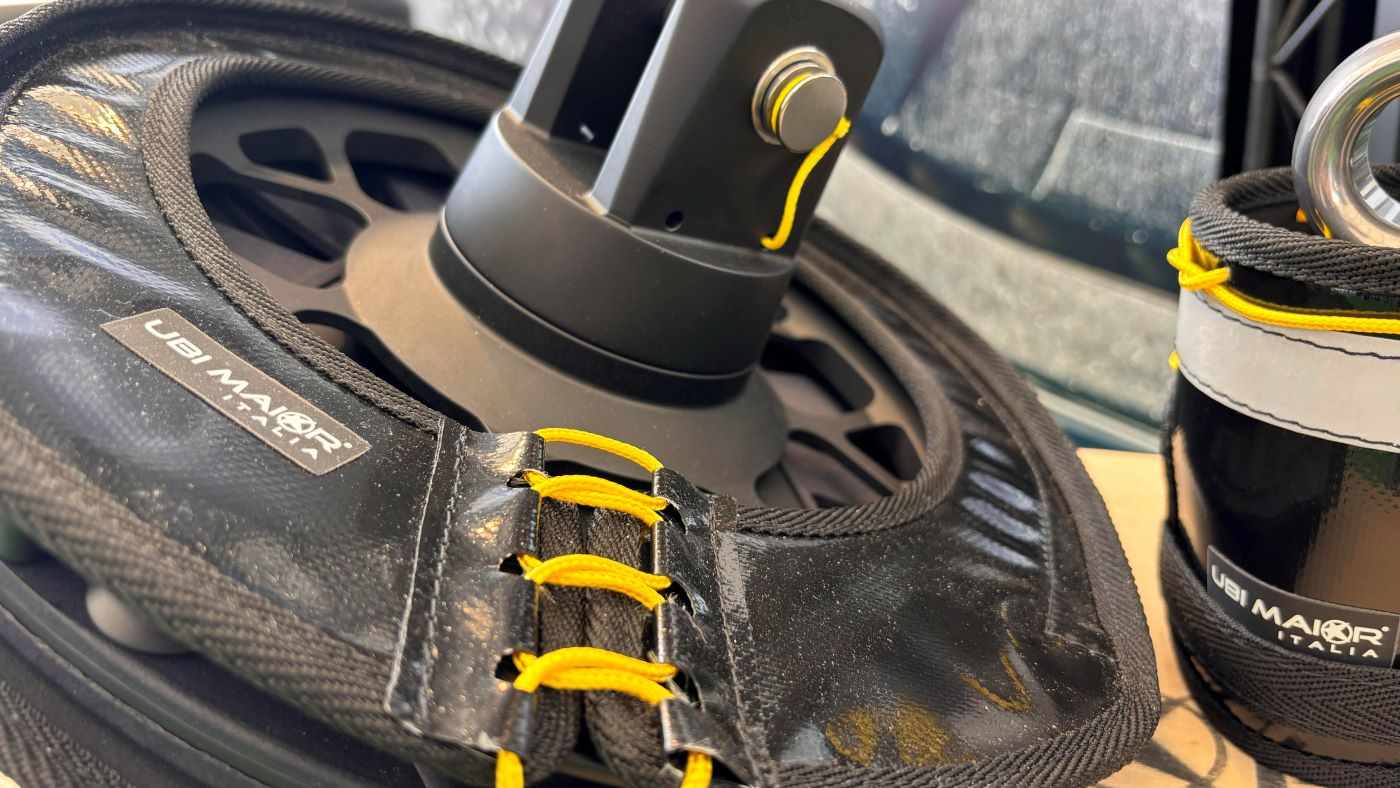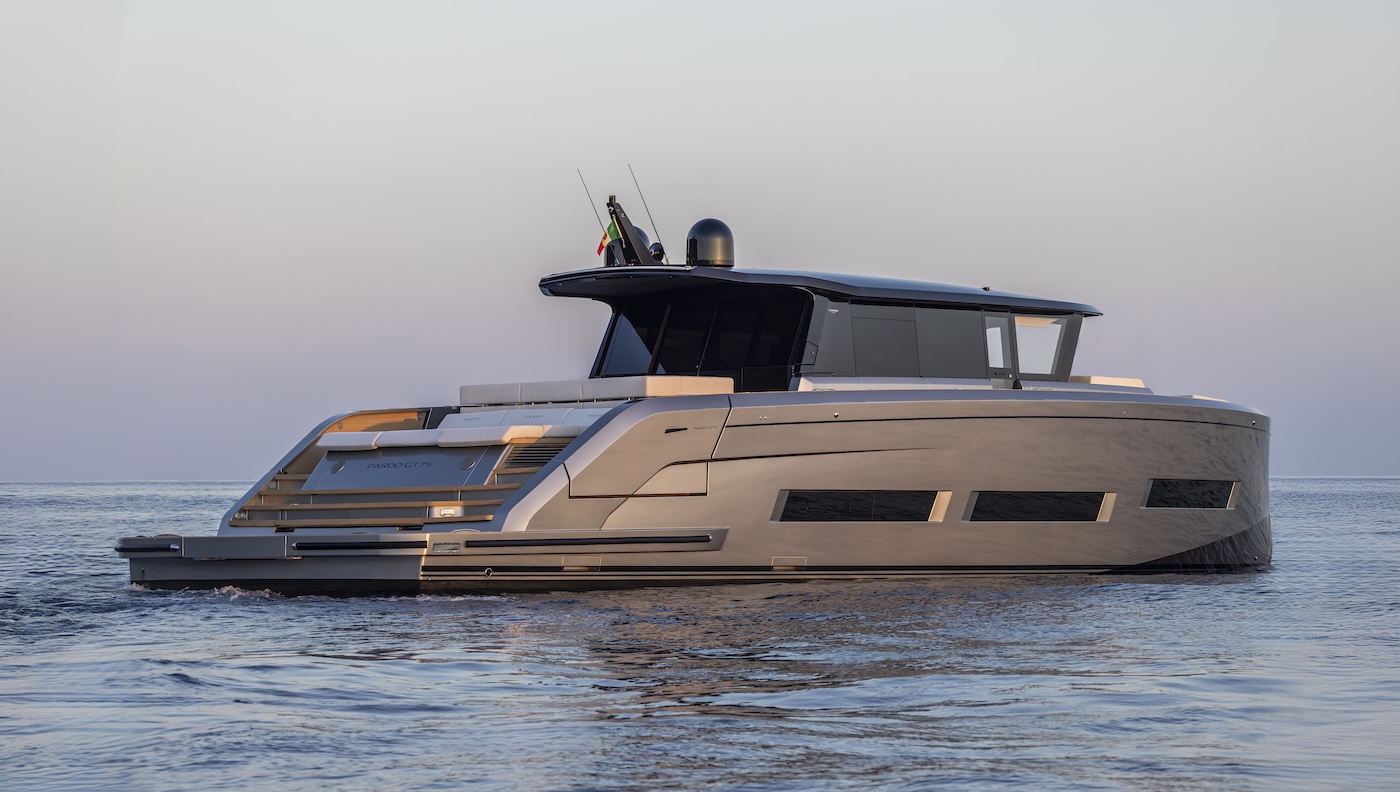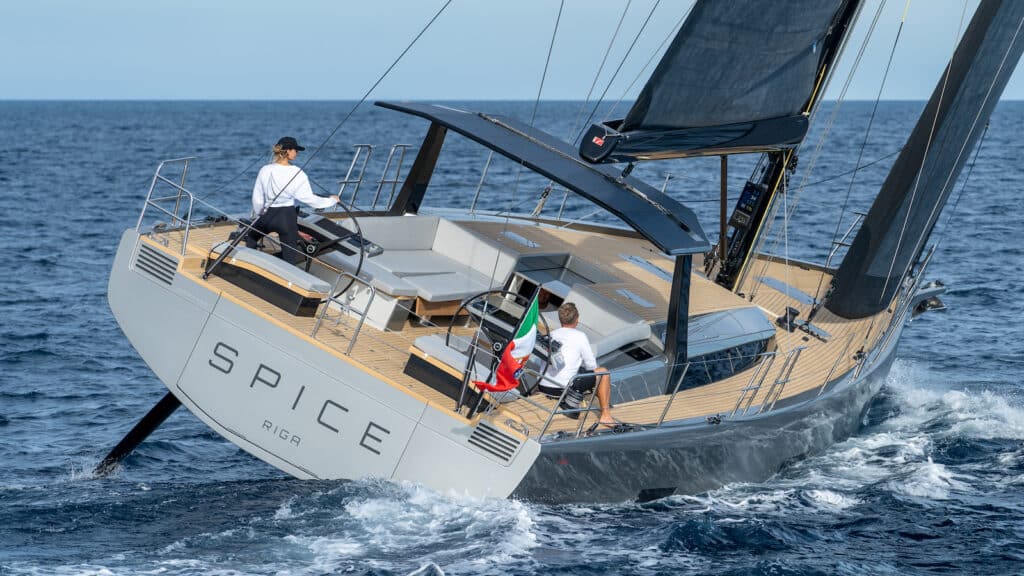Avvolgitore di prua, scegliere il migliore per la nostra barca? In questi ultimi anni si è abbandonata l’idea che aveveva dominato dai primi anni ‘90 in poi, ovvero un genoa avvolgibile per tutte le stagioni e si è tornati a differenziare le vele di prua come il code 0, trinchette, solent, drift, stay sail.
L’avvolgitore di prua ha risolto moltissimi problemi e oggi è sempre più utilizzato sia per armare il code 0, sia per quanto riguarda il gennaker. Scegliere un avvolgitore però non è cosi semplice e molte volte si deve riflettere prima di acqustare o modificare l’armo a bordo. Per questo ci siamo rivolti a chi di avvolgitori se ne intende, UBI MAIOR ITALIA che ci ha fornito maggiori dettagli e consigli.
La differenza più importante è sicuramente tra un avvolgitore BOTTOM UP e uno TOP DOWN , inoltre è bene ricordare che un avvolgitore utilizzato per il code 0 non ha necessità di un cavo antitorsione in quanto solitamente è già nella vela stessa.
Nel BOTTOM UP, per vele magre e infierite, il movimento di chiusura simultanea parte dal basso e la vela si avvolge con un ritardo tra la penna e la mura, si ottiene così una vela molto stretta in basso e più grassa in alto .
Nell’utilizzo di un gennaker o di un asimmetrico dobbiamo istallare un cavo antitorsione e soprattutto adottare la mura folle, in questo caso, la vela, non essendo infierita e con la mura libera, l’avvolgimento partirà dall’alto e otterremo una torsione molto più stretta in alto mentre in basso avremo una vela più grassa.
Sulle dimensioni grandi le mura folle veniva sottoposte a molto sforzo, per questo UBI MAOR ha inserito per prima un cuscinetto conico che diminuisce il carico di lavoro. Molto spesso nei Code adesso troviamo il cavo antitorsione integrato oppure, alcune velerie, hanno la tecnologia cableless (senza cavo antitorsione).
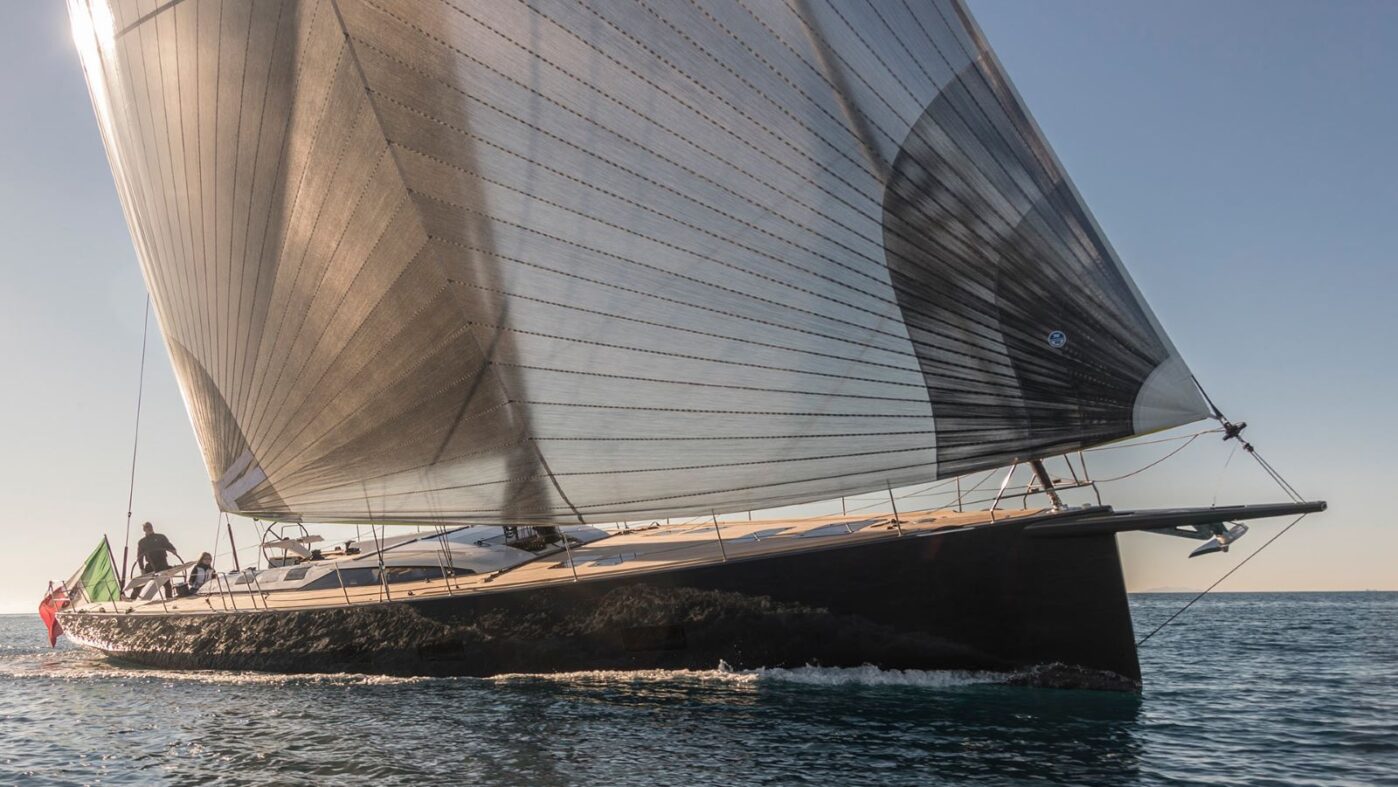
L’avvolgitore per vele di prua REWIND é probabilmente “l’uovo di colombo” per la gestione sia di code zero, sia di gennaker. Esso, infatti, é il primo avvolgitore al mondo con sistema BREVETTATO ratchet escludibile. Il primo vantaggio che offre questo prodotto é quello di assistervi durante la chiusura della vela: infatti il ratchet interno blocca l’apertura della vela durante l’avvolgimento. Praticamente é possibile avere il loop disimpegnato anche durante la chiusura senza il rischio che la vela si apra involontariamente. Compatto e leggero Il rewind che oggi viene applicato nacque proprio per evitare che la vela si apra inavvertitamente e permette di poter tenere la vela armata in navigazione.
Per avere possibilità di aumentare il carico della mura folle non si utilizzano più sfere ma cilindri in modo da avere più superficie e ottenere maggior resistenza e distribuire maggiormente la forza.
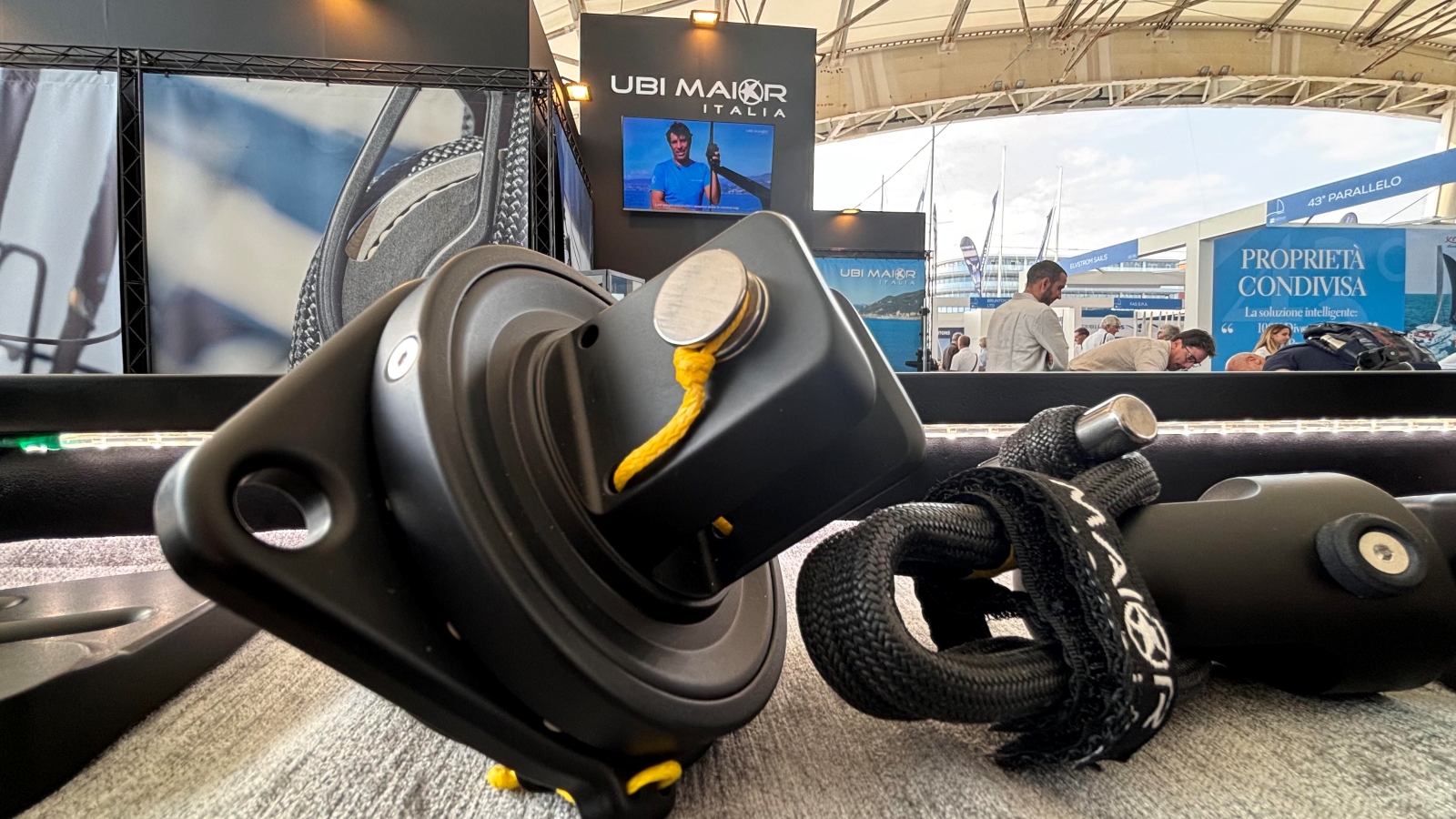
Scegliere la vela prima di sceglere il frullino è basilare, dobbiamo valutare attentamente i carichi e quale tipo di vela andrà ad armare. Chiudere una vela non infierita è molto più complesso di quello che puo’ sembrare e avere una buona attrezzatura di coperta unita ad un buon cavo antitorsione può fare tanta differenza soprattuto quando le condizioni diventatro più impegnative e a bordo non sia ha un equipaggio reattivo e che conosce le manovre in modo completo.
In base a come è armata la barca si devono scegliere i vari accessori, il frullino ad esempio ha bisogno di attacchi e di attrezzatura adatta.
Il punto fisso, classico dove agganciare e isssare la vela, soprattutto sul Code O dovrebbe avere la possibilità di sdoppiare la drizza con un paranco. Si possono avere differenti paranchi, 2:1 o 3:1, il miglior armo per un Code 0 è avere un 2.1 in alto e un 2.1 in basso quando possibile.
